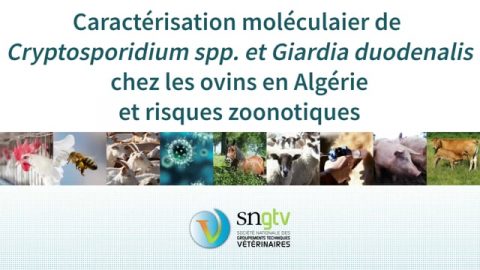Vaccination of pigs with the S48 strain of Toxoplasma gondii – safer meat for human consumption

Auteurs
Abstract
gondii) in this species is to reduce the establishment of T. gondii tissue cysts in pork, consequently reducing the risk of the parasite entering the human food chain. Consumption of T. gondii tissue cysts from raw or undercooked meat is one of the main sources of human infection, with infected pork being considered a high risk. This study incorporates a mouse bioassay with molecular detection of T. gondii DNA to study the effectiveness of vaccination (incomplete S48 strain) in its ability to reduce tissue cyst burden in pigs, following oocyst (M4 strain) challenge. Results from the mouse bioassay show that 100% of mice which had received porcine tissues from vaccinated and challenged pigs survived compared with 51.1% of mice which received tissues from non-vaccinated and challenged pigs. The presence (or absence) of T. gondii DNA from individual mouse brains also confirmed these results. This indicates a reduction in viable T. gondii tissue cysts within tissues from pigs which have been previously vaccinated with the S48 strain. In addition, the study demonstrated that the main predilection sites for the parasite were found to be brain and highly vascular muscles (such as tongue, diaphragm, heart and masseter) of pigs, while meat cuts used as human food such as chop, loin, left tricep and left semitendinosus, had a lower burden of T. gondii tissue cysts. These promising results highlight the potential of S48 strain tachyzoites for reducing the number of T. gondii tissues cysts in pork and thus improving food safety.
D'autres articles
JNGTV 2015 Page 605
Toutes espèces · Parasitisme
Importance des zones humides et présentation du plan national d’action 2014-2018
Découvrez aussi nos formations
Ovin
Caractérisation moléculaire de Cryptosporidium spp. et Giardia duodenalis chez les Ovins en Algérie et risques zoonotiques
Session passée


